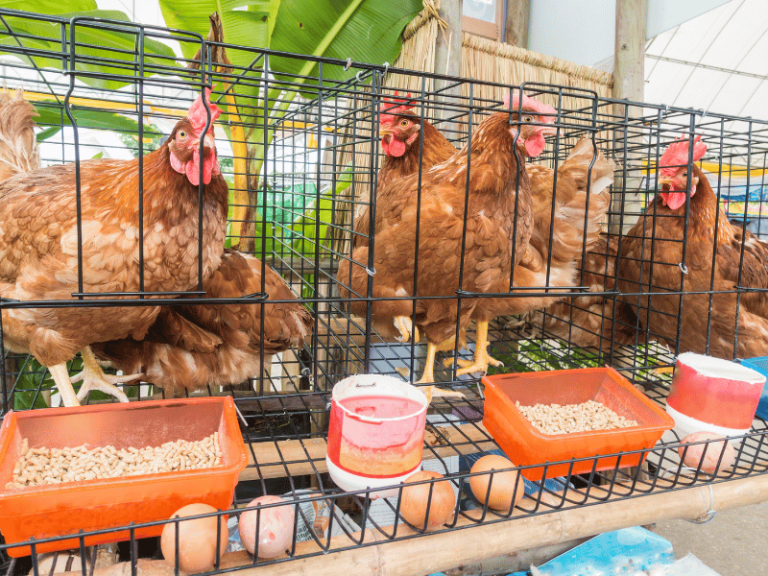Everyone knows that eating well and sleeping well are good methods for raising fat pigs. But have we ever seen chickens being “good at eating and lazy at work” like pigs? No, chickens we usually see are always diligent, constantly foraging for food. However, sometimes mother hens also turn into “lazybones”; after eating well, they “sleep.” If you approach their nesting place at this time, they will make a “clucking” sound, with their neck and back feathers standing up, and their wings spread out, as if preparing for battle. This phenomenon is known as broodiness in chickens.
Why do chickens become broody?
According to scientific research, after laying dozens of eggs, mother hens undergo significant changes in their bodies due to the secretion of a hormone called gonadotropin from the pituitary gland, which makes them calm and increases their alertness. Blood circulation in their bodies accelerates, and their body temperature rises. The feathers on their chest and abdomen decrease. At this point, if you place chicken eggs in their nest, they will care for them as if they were their own offspring. Interestingly, when we inject this hormone into roosters, they also exhibit broodiness and sit on eggs like hens. The production of this hormone is related to laying a certain number of eggs. Secondly, it is also influenced by the local climate, generally occurring after the spring and autumn seasons.
The broodiness and hatching ability exhibited by mother hens is an instinctive behavior gradually formed during the long process of evolution for the purpose of reproducing offspring.
In rural China, people have long utilized the broodiness and hatching ability of mother hens to breed poultry. However, when using mother hens for hatching chicks, there is a greater nutritional consumption, which inevitably affects egg production and health. As early as a thousand years ago, ancient people used the method of using earth beds to hatch chicks based on the broodiness of mother hens. Now, artificial methods such as electric incubators are used for large-scale chick hatching. Therefore, when mother hens exhibit broodiness, various methods are used to break this behavior. For example, hanging broody hens in bamboo cages in ventilated and cool places. After 2 to 3 days, their broodiness will disappear, and soon they will resume laying eggs.
Birds, like mother hens, also exhibit broodiness after laying a certain number of eggs, and both male and female birds cooperate well. For example, pigeons start incubating after laying two eggs. During incubation, they take turns, with the male pigeon incubating from morning until evening, and the female pigeon taking over from evening until the next morning. In conclusion, various bird species have their own habits of broodiness and incubation.

